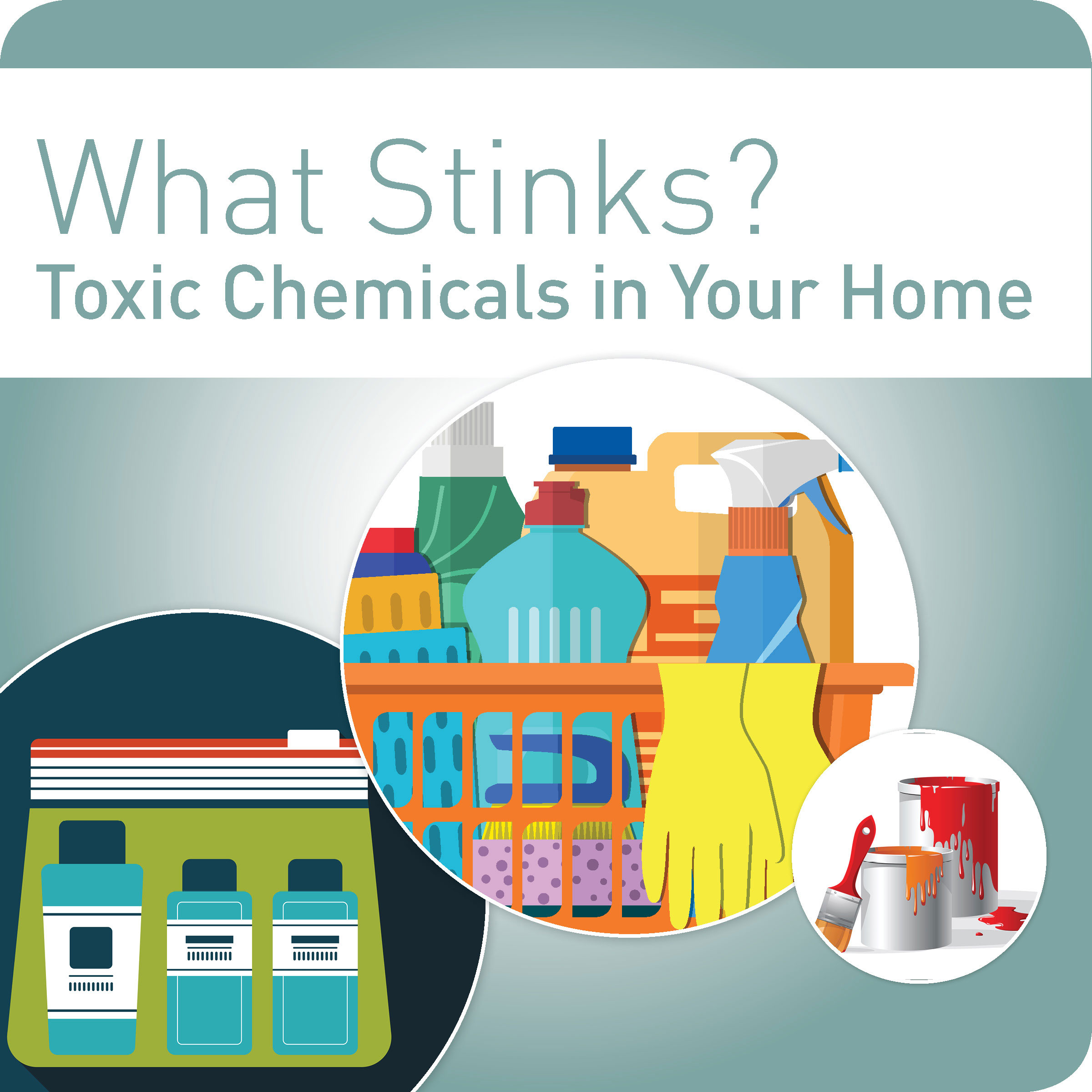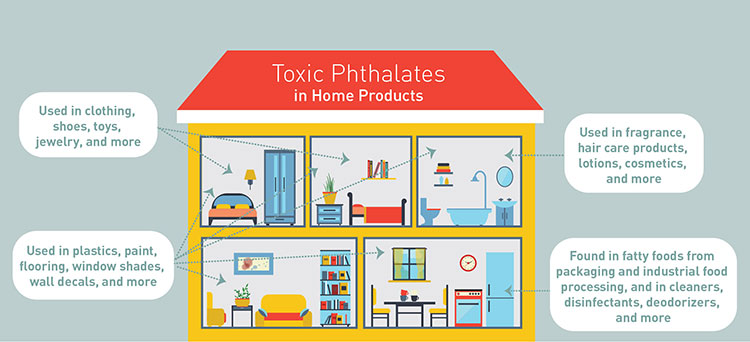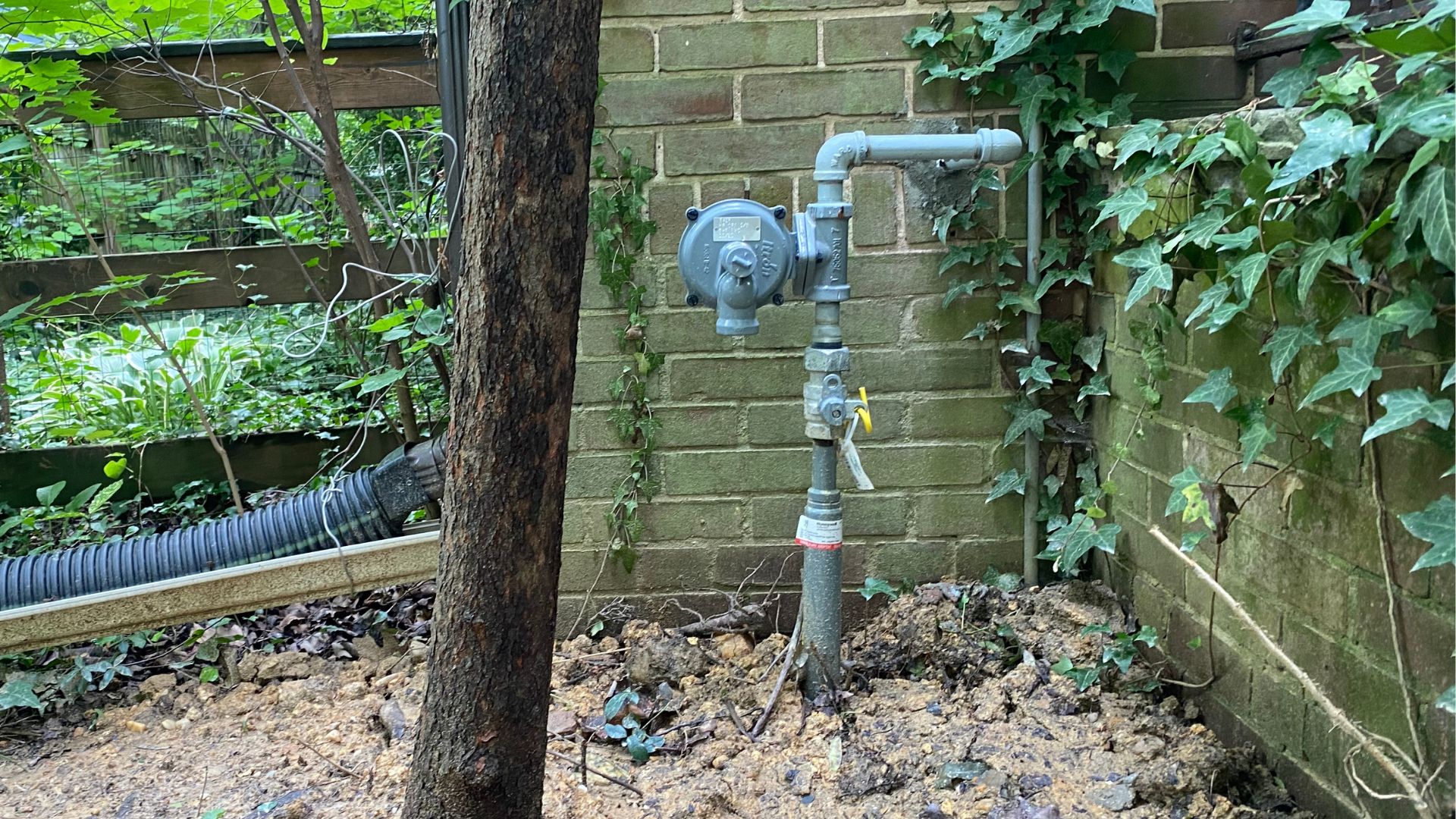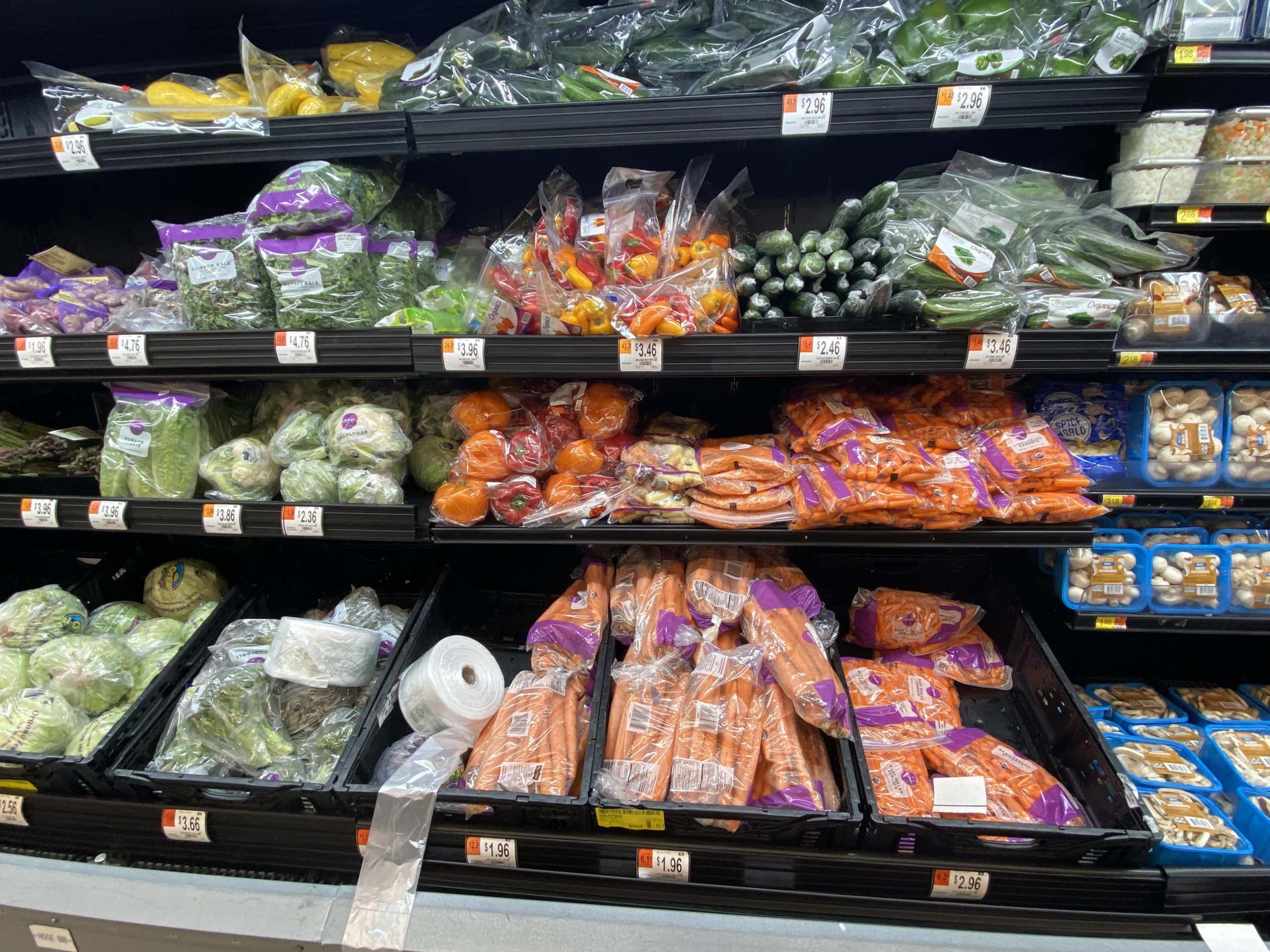Manufacturers report toxics in wide range of household products
A national report issued this week titled What Stinks? Toxic Phthalates in Your Home reveals that a group of toxic chemicals are used in a broader range of household products than previously known, including products by Hallmark Cards, The Gap, True Value, and more.

A national report issued this week titled What Stinks? Toxic Phthalates in Your Home reveals that a group of toxic chemicals are used in a broader range of household products than previously known, including products by Hallmark Cards, The Gap, True Value, and more.
For the first time, because they were required by the State of Maine to report the information, manufacturers of paints and cleaning products available across the country have disclosed their uses of hormone-disrupting phthalates (THAL-eights), revealing the use of these chemicals as a fragrance ingredient in these products. “Fragrance” can include dozens of chemicals, and there is no requirement that companies must disclose these ingredients publicly.
Phthalates are tied to reproductive harm, learning disabilities, and asthma and allergies—even at low levels of exposure. Strong science linking phthalates to health hazards has led to stringent restrictions throughout Europe, and several phthalates are prohibited in children’s products in the United States.
The report was conceived and authored by the Maine-based Environmental Health Strategy Center and Prevent Harm and is cosponsored by Safer Chemicals, Healthy Families and Safer States, Breast Cancer Fund, Ecology Center, Healthy Babies Bright Futures, and Women’s Voices for the Earth.
The trail to the report data was blazed two years ago, when more than 2,000 Maine moms, dads, and others petitioned their state to list four phthalates as “priority chemicals” that Maine law would require manufacturers to report using in products sold in Maine. More than 80 people showed up in person to tell state legislators they were serious about seeing the law enforced, and the state then required the use of phthalates be reported in items children are likely to be in contact with.

In addition to the first-time disclosures the report reveals about toxic phthalates in specific paints and cleaners, it shows that manufacturers reported the use of phthalates in vinyl clothing, shoes, and fragranced personal care products. Reporting companies included 3M, which revealed phthalates in the fragrances of cleaners, disinfectants, and deodorizers, and the Gap, Inc., which reported phthalates used to soften the plastic tips of shoelaces and drawstrings.
In the absence of federal chemical-safety protection, a growing number of states, including California, Maine, Oregon, Vermont and Washington, have passed laws that authorize mandatory disclosure of chemicals in products that may harm the health of babies and children.
That’s good, but not good enough. With product categories so limited, it’s highly likely the reported data represents just the tip of the iceberg for uses of phthalates in household products. Manufacturers and retailers should move quickly to replace phthalates with safer substitutes.
Topics
Authors
Juliana Bilowich
Find Out More

Protecting Maryland Water from PFAS Pollution

End the Gas Utility Blank Check

Holding plastic producers accountable

